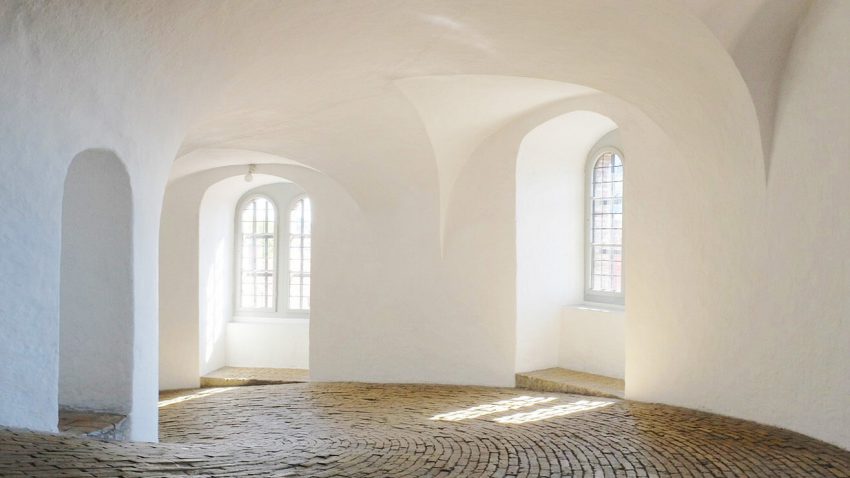As you’re finishing preparations for the amazing tour video of the house you want to sell, it’s time to think about audio. Audio is by far the easiest giveaway for a low-budget video, and so this is where you need to invest some attention to detail — although not a lot of time — to get a strong result.
The most common problem with the audio in amateur videography is a noisy soundtrack, meaning the viewer can hear a lot of white noise or environmental sounds in addition to the focal sounds you intended for them to hear. This could be the rumble of traffic outside, an airplane going by, or just the white noise that registers when the microphone is too far away from the sound source.
Luckily, it’s pretty simple to get rid of that extraneous noise by doing a few simple things. Without further ado, here’s your audio to-do list:
General Audio Tips
- Ditch the Audio Track: The safest bet for a home tour video is to ditch the audio track recorded on site in post-production editing, and replace it with music or another separately recorded track. With lights, fridges, AC units, street traffic, and other sources of background noise, you won’t miss it.
- Invest in a Quality Microphone: Whether you’re adding audio in post-production, or if you’ve decided to record an actual person walking virtual visitors through the house, you’ll need to get the right mic for the job. For guidance on what sort of mic to get, see this post.
- Record a Voiceover: You have the great option of replacing your original audio track with a voiceover that corresponds to the progression of the video (for example, describing the amenities being shown on the video as they’re shown). This also gives a more “human” feel to the video, closer to the non-virtual realtor experience.
- Use Audio Filters: In post-production editing, you can edit out certain noises using audio filters, which can be helpful regardless of whether you stick with the original recorded track from the video, or record your own afterwards.
Soundtrack Tips
- Add a Soundtrack: If you want to include a soundtrack instead of, or in addition to, voice narration, there’s a variety of free or cheap music available. It can add a necessary element to lighten the mood and improve viewers’ overall impression of your home.
- Beware Copyrighted Material: To avoid accidentally using something against copyright, it’s helpful to look for free music under a Creative Commons license. You can also obtain reasonably priced tracks from sources like Tunefruit or Triple Scoop Music.
- Edit to Fit Narration: When adding a soundtrack, be sure to fade the music to be very low or silent during dialogue. Try a few different tracks to see how they work with your content.
Voiceover Tips
- Record it Separately: For the best quality voiceover, record in a quiet location, separately from the rest of the recording process. This could be in your basement, surrounded by a pillow fort, or in a professional studio, whichever is more accessible and budget friendly.
- Keep a Calm Cadence: Even though you will not be on-camera, consider using a teleprompter app to ensure you don’t speak too fast. Most home tours move relatively slowly from room to room, and you don’t want your viewers to feel rushed.
Sound Effect Tips
- Enhance Your Audio: Use sound effects for any aural element that’s too quiet or missing in the original recording. For instance, if you aren’t using sound recorded on location, you might want to add a door shutting or other household noises without trying to record them yourself, which is trickier than it sounds. Sound effects can be distracting, so use with caution.
- Find Them For Free: You can download free sound effects from a variety of sites and transfer them into your video editing software without too much trouble.
Final Tips for Editing Sound in Post-Production
If you’re not yet a pro at video editing, you can get fantastic results (on a budget) with simple, free editing software like iMovie or Microsoft MovieMaker. For more exacting control over the final product, consider something like Final Cut Pro or Adobe Premiere (more advanced and more expensive). Both Final Cut and Adobe allow you to manipulate your audio tracks separately from your video, which can help make sure you get it right. Find out more by reading our recent post on video editing.
To add a tip of your own, or to ask us a question, leave your thoughts in comments below or tweet to us!
Note: This post is part of our Real Estate Series on selling your house with video:








